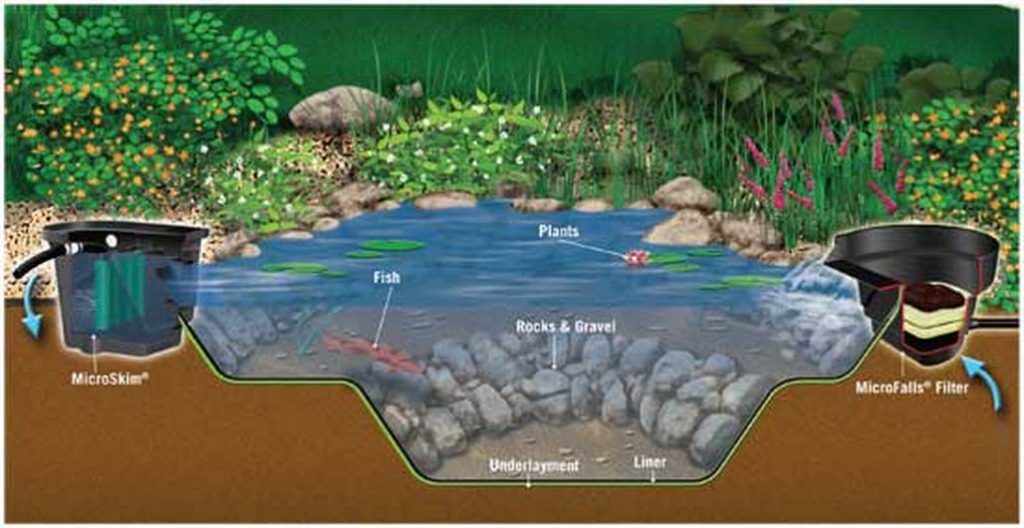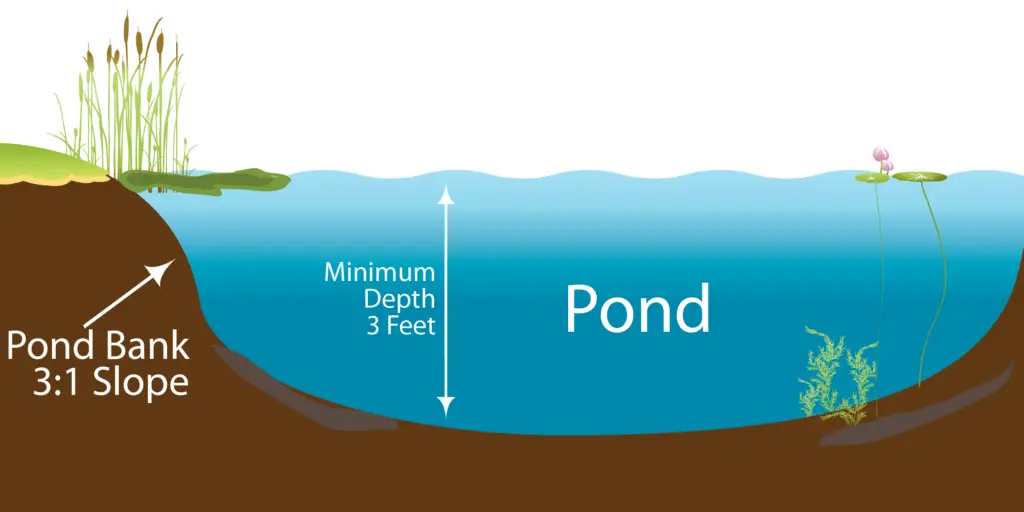Welcome to our in-depth exploration of pond depths! Ponds are fascinating bodies of water that provide a habitat for a diverse range of plant and animal species. One of the key characteristics of a pond is its depth, which plays a crucial role in determining the overall health and ecology of the pond ecosystem.
The Importance of Pond Depth
The depth of a pond influences various factors such as water temperature, oxygen levels, light penetration, and nutrient distribution. These factors, in turn, affect the types of organisms that can thrive in the pond and contribute to the overall biodiversity of the ecosystem.

Credit: coolponds.blogspot.com
Measuring Pond Depth
There are several methods used to measure the depth of a pond. One common approach is to use a measuring tape or ruler to determine the distance from the surface of the water to the bottom of the pond. Another method involves using a weighted line or rope with depth markers to gauge the depth at different points in the pond.
Factors Influencing Pond Depth
Several factors can influence the depth of a pond, including geological features, human activities, and natural processes. Ponds located in areas with rocky terrain may have deeper sections due to natural depressions or sinkholes. Human activities such as dredging or excavation can also alter the depth of a pond.

Credit: atlantiswatergardens.com
Ecological Implications of Pond Depth
The depth of a pond has significant ecological implications for the organisms that inhabit it. Shallow ponds may be more susceptible to fluctuations in water temperature and oxygen levels, which can impact the survival of aquatic plants and animals. Deeper ponds, on the other hand, may provide more stable conditions for a wider range of species.
Deep vs. Shallow Ponds
Deep ponds typically have a more stable thermal stratification, with distinct layers of warm surface water and cooler bottom water. This stratification can create habitat niches for different species of fish and other aquatic organisms. In contrast, shallow ponds may experience more uniform temperatures throughout the water column.
Managing Pond Depth
Proper pond management is essential for maintaining the ideal depth and overall health of the ecosystem. Techniques such as dredging, sediment removal, and bank stabilization can help restore and maintain the depth of a pond. Monitoring water levels and conducting regular inspections are also important for preserving the ecological balance of the pond.
Conclusion
In conclusion, the depth of a pond is a critical factor that influences the ecological dynamics of the ecosystem. Understanding the depth of a pond and its implications can help us make informed decisions about pond management and conservation. By exploring the depths of ponds, we gain valuable insights into the complex and interconnected web of life that thrives in these aquatic environments.





